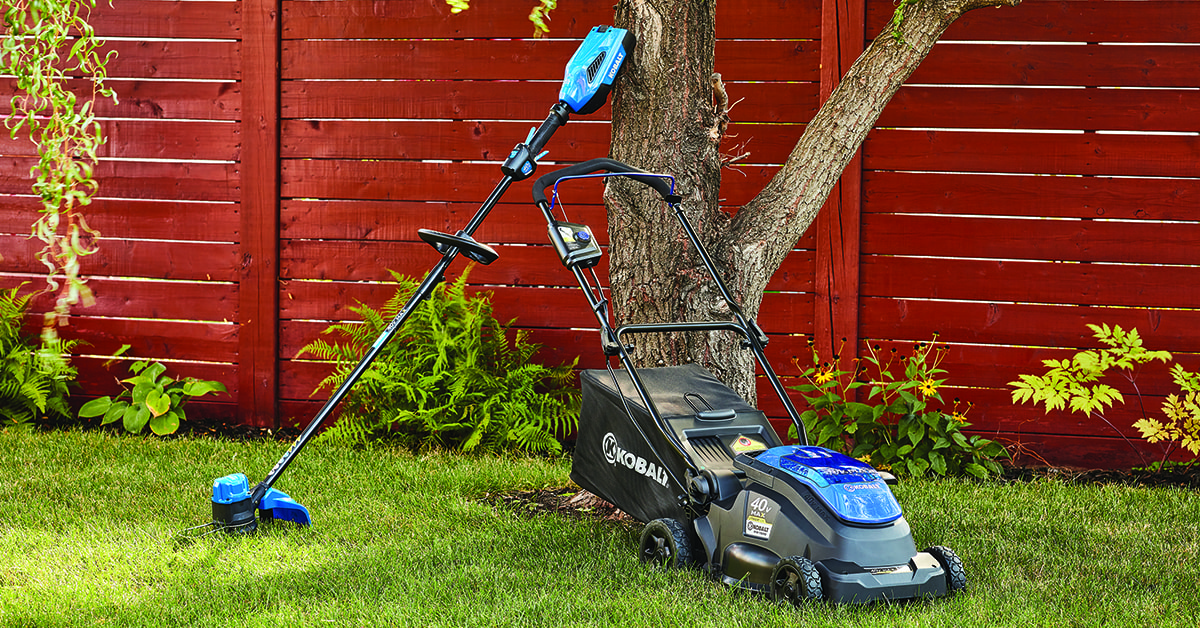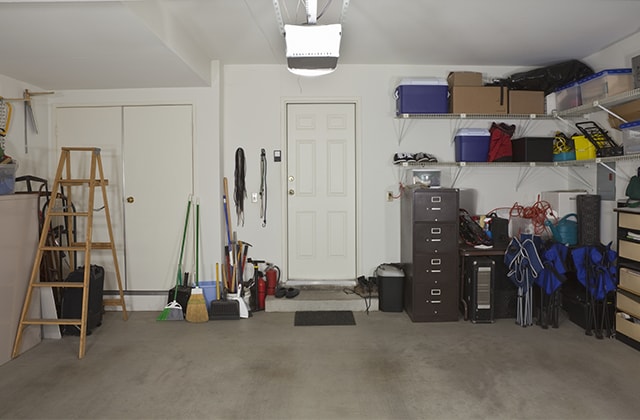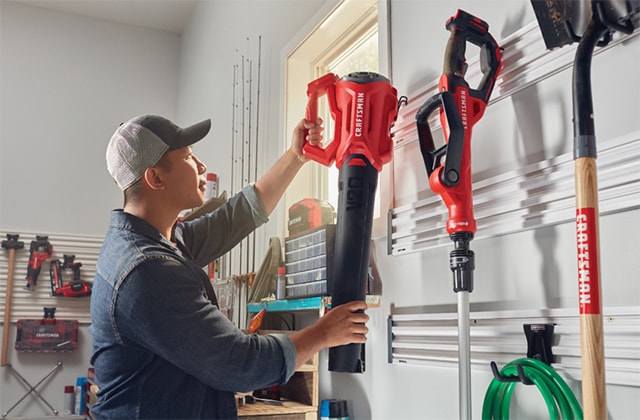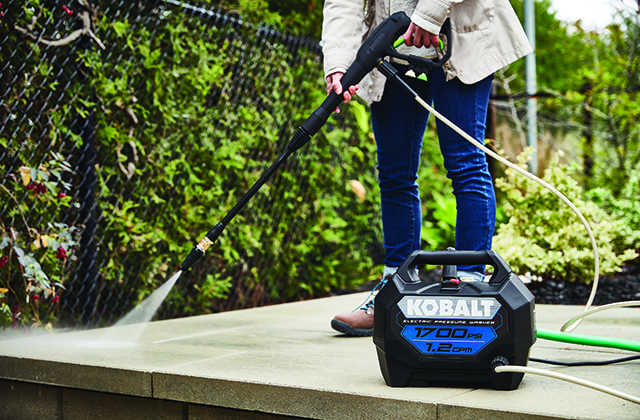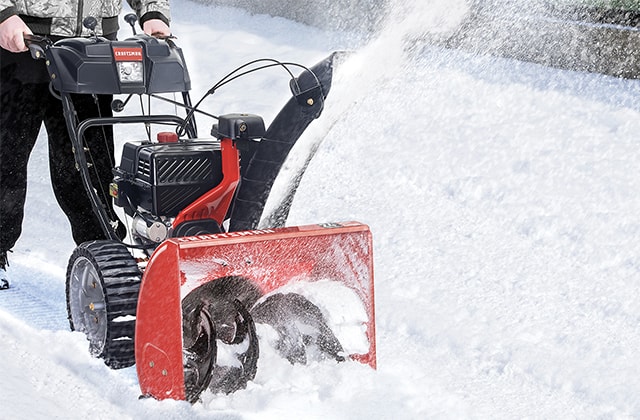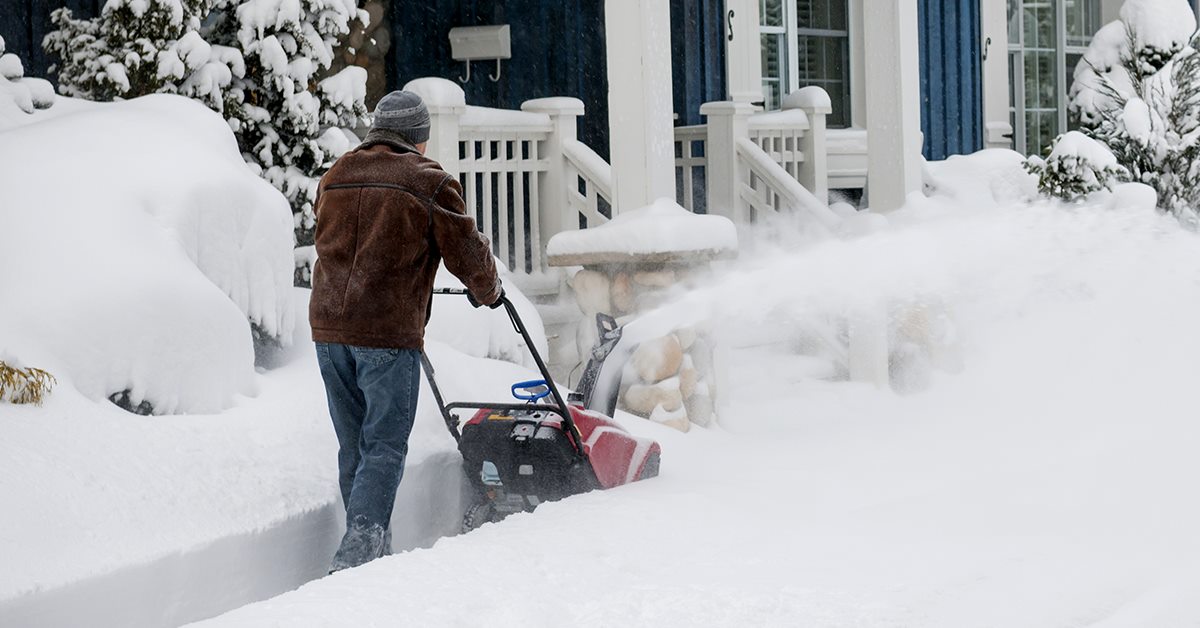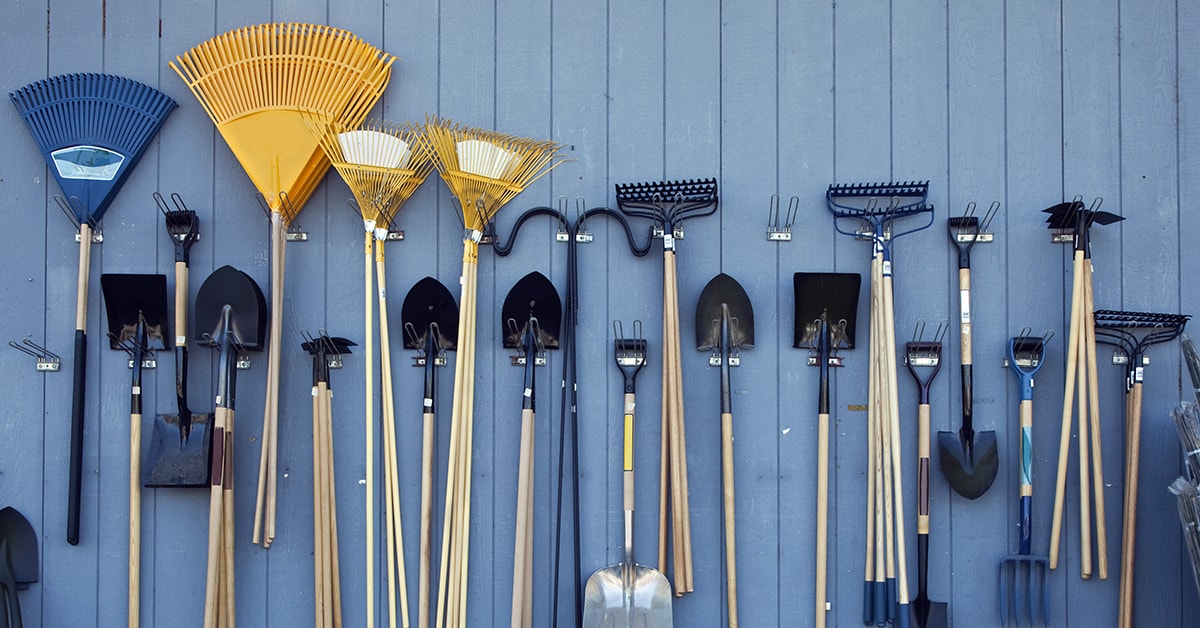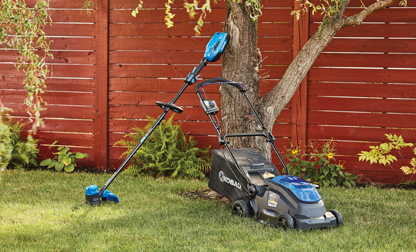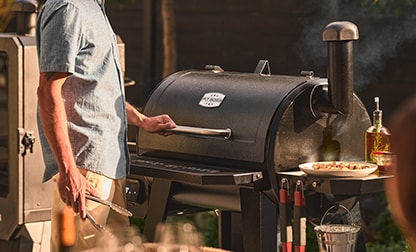Indoor storage
Keeping your outdoor power equipment indoors and away from the harsh winter elements is ideal, especially if you have any electrical tools. The garage is generally the best choice for power equipment storage but, if you don't have a garage or if you just don't have enough space in yours, then a shed is a good option as well.
When putting your equipment away into a garage or shed for the winter, keep the following tips in mind:
- Avoid placing your equipment near containers that can spill, like fuels, fertilizers, pool chemicals, and solvents.
- Prevent corrosion by using your central heating system or a space heater to control temperature and humidity.
- Store your equipment well out of the reach of children.
- Make sure that there are no exposed sharp edges that may cause accidental injury.









